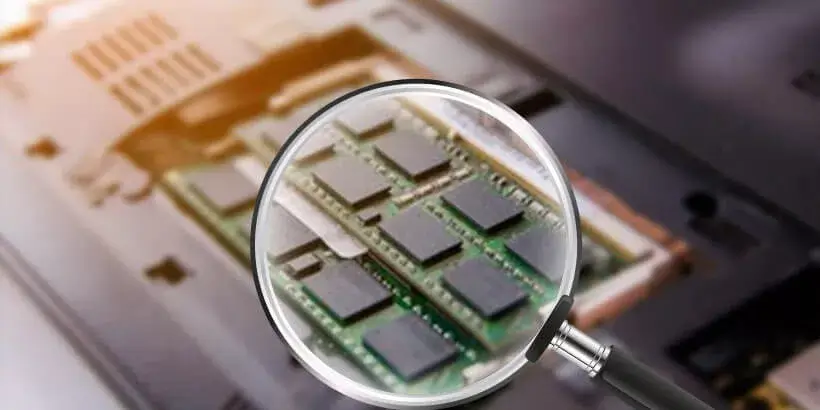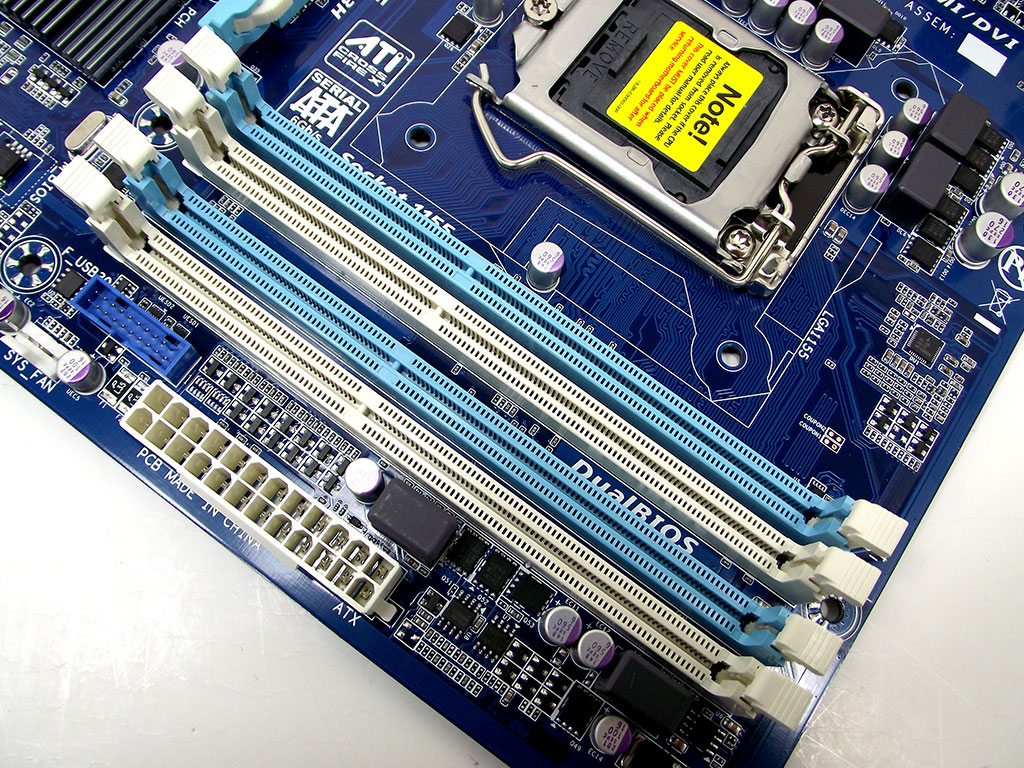Two Sodimm Slots Support Up To 8gb

If you have only two RAM slots and plan to upgrade in future to more than 8GB it makes sense to use one 8GB DIMM, but if you are certain that you're only 8GB in the range, you can go to anything cheaper. 4 GB of RAM can have a dual channel storage memory, doubling your bandwidth memory. Inspiron™ 3521/15 (Value) has 2 SODIMM memory slots which support DDR3 DIMM at 1600 MHz Inspiron™ 3521/15 (Value) supports a maximum of 8 GB system memory.
SODIMM module runs Linux on i.MX8M Mini or Nano with up to 8GB RAM

Two Sodimm Slots Support Up To 8gb Ddr3
Jun 5, 2019 — by Eric Brown — 2104 views[Updated: May 22, 2020] — iWave’s “iW-RainboW-G34M-SM” module runs Linux 4.0 or Android Oreo on an i.MX8M Mini or Nano SoC with 2-8GB LPDDR4, 8GB or more eMMC, 802.11ac/BT 4.2, and support for -40 to 85°C and up to 2x GbE ports.
iWave announced a 67.6 x 37mm, SODIMM form-factor compute module with support for either NXP’s i.MX8M Mini or upcoming i.MX8M Nano. Earlier this year, iWave announced a SMARC form-factor iW-RainboW-G27M with the more advanced, hexa-core i.MX8 QuadMax.
(Update: iWave has changed the layout and some of the features of the iW-RainboW-G34M-SM, as we discovered when we reported on its iW-RainboW-G34D dev kit, which is based on the module. The module no longer appears to support the i.MX8M Nano and RAM support has changed to 1GB to 4GB. We have not attempted to update this story, but the link at the end leads to the updated product page.)

iW-RainboW-G34M-SM
(click image to enlarge)
Linux 4.0 and Android Oreo BSPs will be available, as well as a “comprehensive development platform with TFT panel,” says iWave. The module supports IoT, portable hardware, video/audio streaming, industrial HMI, home automation, and signage applications.
NXP’s i.MX8M Mini and i.MX8M Nano use a more advanced 14LPC FinFET process than the i.MX8M. On the Mini, this results in lower power consumption and higher clock rates for the 1x, 2x, or 4x Cortex-A53 (1.8GHz) and single Cortex-M4 (400MHz) cores. The Mini also provides GCNanoUltra (3D) and GC320 (2D) graphics cores with video acceleration for 1080p60 instead of 4K for the i.MX8M.
The new i.MX8M Nano similarly offers up to 4x -A53 cores, but tops out at 1.5GHz. The Nano, which is pin-compatible with the Mini, has a Vivante GC7000UL 3D/2D GPU, but no VPU. It does, however, integrate a 600MHz Cortex-M7 chip and has an under 2W TDP.
The iW-RainboW-G34M-SM is equipped with 2GB LPDDR4, which can be expanded up to 8GB. This large capacity (for an Arm SoC) is supported by the i.MX8 Quad and the i.MX8M. It’s unclear if the Nano supports that much. Avnet’s MSC SM2S-IMX8MINI SMARC module, which similarly supports either the Mini or the Nano, ships with up to 4GB.
Other Mini-based COMs include Ka-Ro’s SODIMM-style TX8M, SolidRun’s 47 x 30mm i.MX 8M Mini SOM, CompuLab’s 38 x 28mm UCM-iMX8M-Mini, F&S Elektronik Systeme’s 40 x 35mm PicoCore MX8MM, and Variscite’s 55 x 30mm DART-MX8M-Mini.
The iW-RainboW-G34M-SM also ships with 8GB eMMC, which is said to be “expandable,” as well as a microSD slot and 2MB of optional QSPI flash. There’s also an 802.11a/b/g/n/ac with BLE v4.2 module. The standard model has a single GbE port, and there’s an option for a second port via a PCIe to Gigabit Ethernet PHY transceiver.
Interfaces include 2x USB 2.0 OTG and 2x serial UART, one of which supports CTS & RTS. There’s an option for a second CTS & RTS port for a total of 3x serial connections.
You also get 2x SPI, 2x I2C, 2x PWM, and single helpings of PCIe, SD, MIPI-DSI, MIPI-CSI, SAI/I2S, SPDIF, JTAG and UART debug, plus an unspecified number of GPIOs. The 3.3V module has a PMIC and supports -40 to 85°C temperatures.
Further information
The iW-RainboW-G34M-SM with the i.MX8M Mini is sampling and will ship to customers from mid-2019. The i.MX8M Nano based model will launch later in the year. Pricing was undisclosed. More information may be found in iWave’s announcement, which refers to the module only as the i.MX8M mini SODIMM SOM, and the product page, which calls it the iW-RainboW-G34M-SM.